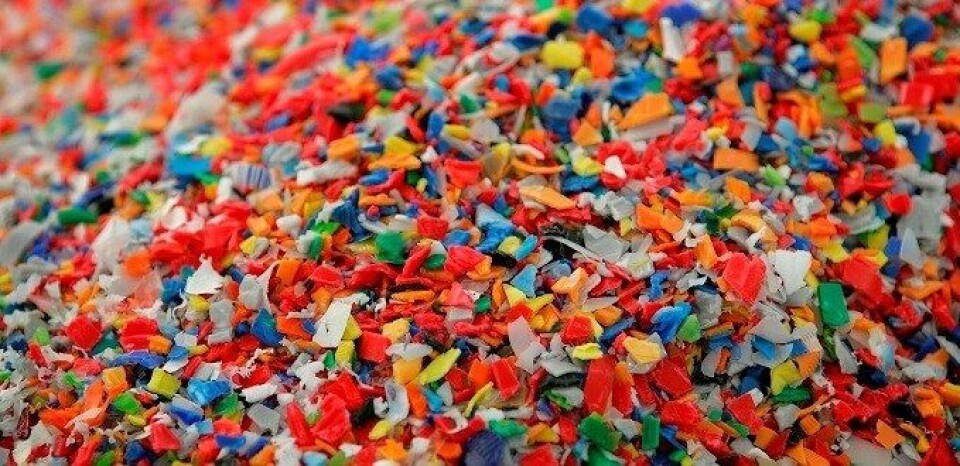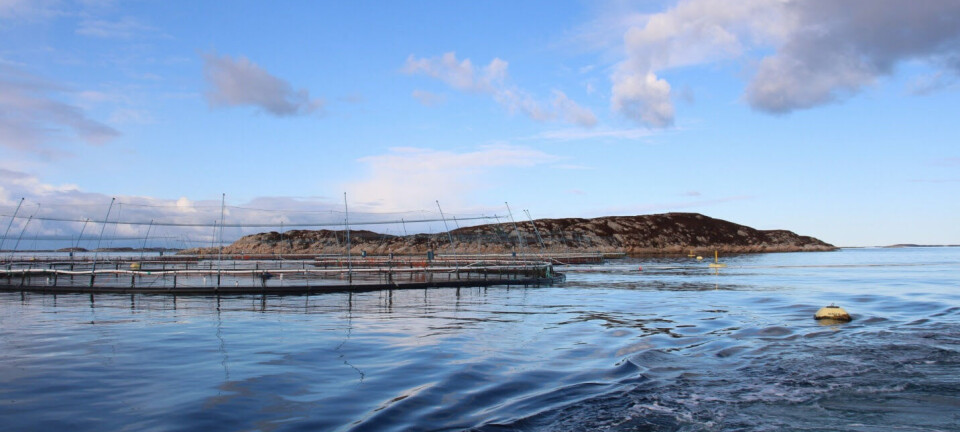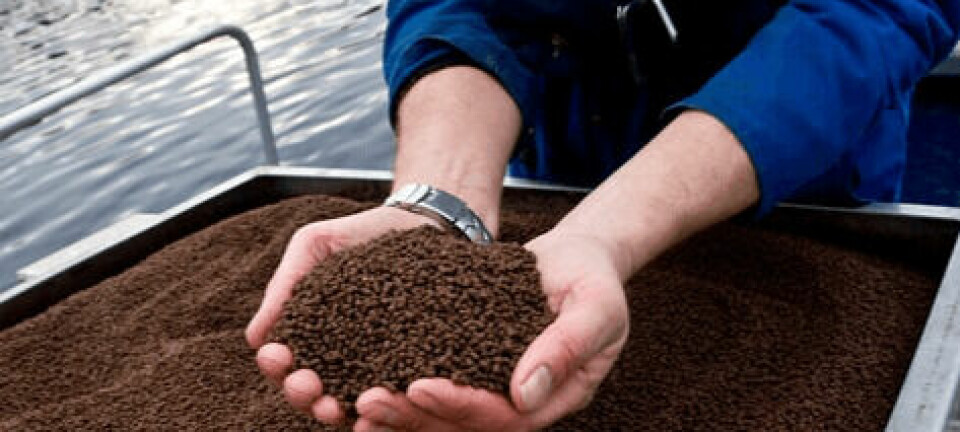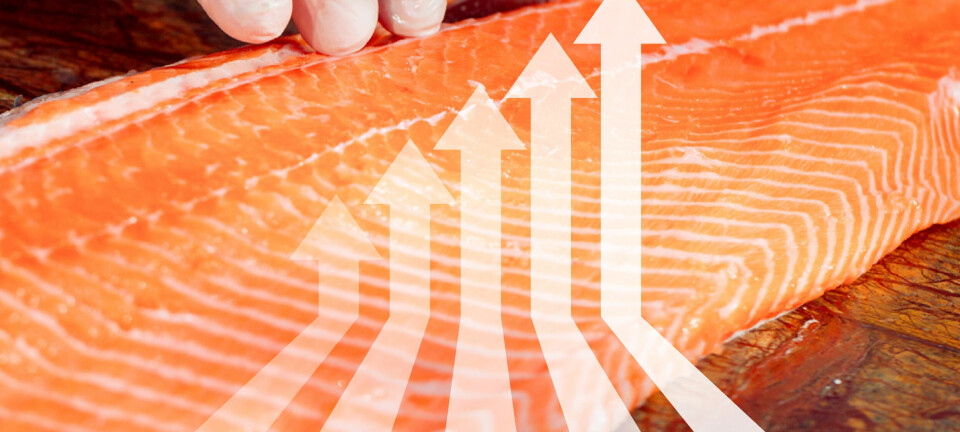
What's known about microplastics and fish
Europe's food safety agency (EFSA) has recently classified microplastics and nanoplastics in food as an emerging problem. Last year it conducted an assessment of potential risks to consumers of plastic in the food. Much more knowledge must be in place to map the situation.
Investigations by the Norwegian Society for the Protection of Nature (Naturvernforbundet) conclude that Norwegian fish farms are the source of large amounts of microplastic in the sea. It argues that as much as 325 tonnes of microplastic from plastic pipes used for feeding the fish can be released into the ocean every year.
EFSA defines microplastic as particles ranging in size from 0.1 micrometers (microns) to 5 millimeters. Nanoplastic is smaller, measuring from 0.001 to 0.1 microns (i.e., 1 to 100 nanometers).
Potential risks
The agency last year conducted an assessment of potential risks to consumers of microplastics and nanoplastic in food.
It carried out a comprehensive review of existing literature on the subject and found that there is little data on the prevalence, toxicity and effect of plastics after the fish eat it. They also found limited information about what happens to the particles after ingestion.

Dr Peter Hollman is a senior researcher at RIKILT research institute and a lecturer for nutrition and health, at Wageningen University in the Netherlands, and was a member of the working group that helped the EFSA survey.
Usually separated
He says that there are no data on nanoplastics in food, but some on microplastics, especially when it comes to sea creatures and the marine environment.
"Fish tend have high concentrations of microplastic, but since it occurs mostly in the stomach and intestines, they are usually separated and consumers will not be exposed to them. But in crustaceans and molluscs like oysters and mussels you eat the digestive tract, so there is some exposure there," he concluded after publication of the survey report.
He thought it was too early to say if microplastic in fish would be dangerous for consumers.
"But it seems unlikely, at least for microplastics."
Ingestion through food
The EFSA is concerned about high concentrations of polychlorinated biphenyls (PCBs) and polycyclic aromatic hydrocarbons (PAHs) that can accumulate in the plastic. There may also be residues of compounds used in packaging such as bisphenol A (BPA). The substances are of concern, as some studies suggest that after ingestion through food they can be transferred to tissues.
"We know that engineered nanoparticles can get into human cells, so this could have consequences for human health. But more research and data are needed."
EFSA currently has no set toxicity limit for ingestion of nanoplastic. However, with limited data, EFSA estimated that some shells (of 225g) can contain up to 7 micrograms of microplastic. By June 2016, the highest measured concentrations of PCB or BPA were found in marine animals.
"This is a 'worst case scenario', and is nevertheless a limited part of total exposure to these substances. An intake of this amount would increase PCB exposure by less than 0.01% or BPA exposure by less than 2%."
Foundation stone
EFSA wanted the review to lay the foundation stone for the scientific community, so that they could establish a clearer picture of the situation.
"Knowledge of the toxicity of nanoplastic is especially needed because these particles can penetrate any kind of tissue and eventually end up in the cells."
The study also proposes to standardise analytical methods, to help with the monitoring of these substances.























































